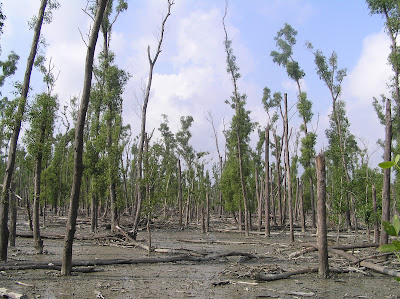Once I knew that I was going to Beijing for a work conference and was able to leave a couple of days early, I decided that going to the Great Wall was my priority. When I mentioned that to my friend who I was staying with, she said she'd organise a driver. So after arriving on Friday, Saturday morning saw us heading out to the Great Wall at Mutianyu. There are actually a number of different places to visit from Beijing. It was about 90 minutes with the last 30 being very scenic as we drove through valleys and the foothills of the mountains, passed orchards with apples, pears, crab apples and apricots. We also passed many fruit stands beside the road that were selling this produce, many with piles of walnuts still in their shells. They also had lots of Fuji apples that were the highlight of my fruit experience in China: crunchy, juicy and with lots of flavour. On arrival we walked up the hill, past dozens of tour buses to the cable car station. That is the short, easy way up to the wall, not that I think you can walk up anyway. Here is the cable car.

Once up the top we decided to walk along the wall, up and down, to reach one of the higher points to hopefully get a good view. This section of the wall is popular as it has many guard towers. Here is part of the wall looking through the doorway of one of the guard towers.

Much of this section of the wall has been restored, with restoration continuing. The wall walkway is about 3 metres above the ground below, with a brick wall either side of the path. This shows the high point we walked up to.

Looking back from on high, it can be seen that the Great Wall meanders along the ridge top. We were also lucky that the surrounding vegetation was tinted in orange and gold as the leaves were slowly developing their autumn colours. A couple of weeks later and the colours would have been even better. Not that I could complain with blue skies overhead, and sunshine warming my skin.

Here we are after our picnic lunch on the Great Wall. In the background is the section we walked. It was a great trip.

After taking the cable car back down again, we had to brave the souvenir sellers that lined the steps down to the car park. "T-shirts for $1", they said although apparently the price increases when you show interest. There was also dolls, umbrellas, brass and wooden statues, wall hangings and bedspreads. Some were quite aggressive blocking my path or even grabbing hold of my arm. But they did not succeed. I did by some dried kiwi fruit from the dried fruit stalls further down the stairs. Here are the stalls.

These dolls are just one of the things for sale.

The Great Wall really is a must see and I wasn't disappointed by what I saw. There was masses of tourists there when we arrived at about 11.30 am but by 2.30 when we came down, most had gone and the wall was fairly quiet.




 It was a tasty drop to sip while passing the time until the BBQ was ready. It was later than normal because there was so many people there. They stopped selling BBQ tickets once they got to 200! It was worth the wait thought - pork sausages, steak & onions, vegetarian lasagna scalloped potatoes and more . . . . .
It was a tasty drop to sip while passing the time until the BBQ was ready. It was later than normal because there was so many people there. They stopped selling BBQ tickets once they got to 200! It was worth the wait thought - pork sausages, steak & onions, vegetarian lasagna scalloped potatoes and more . . . . .














































